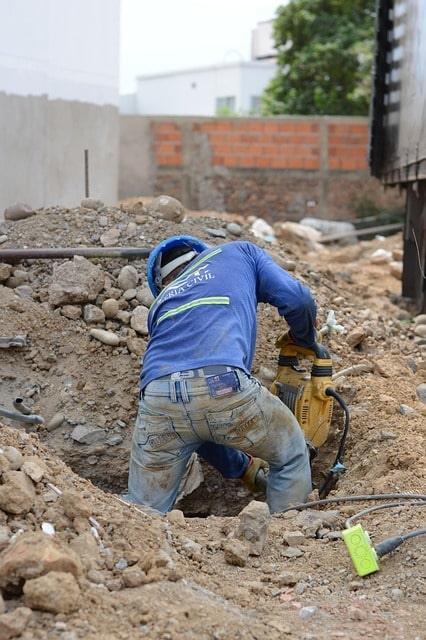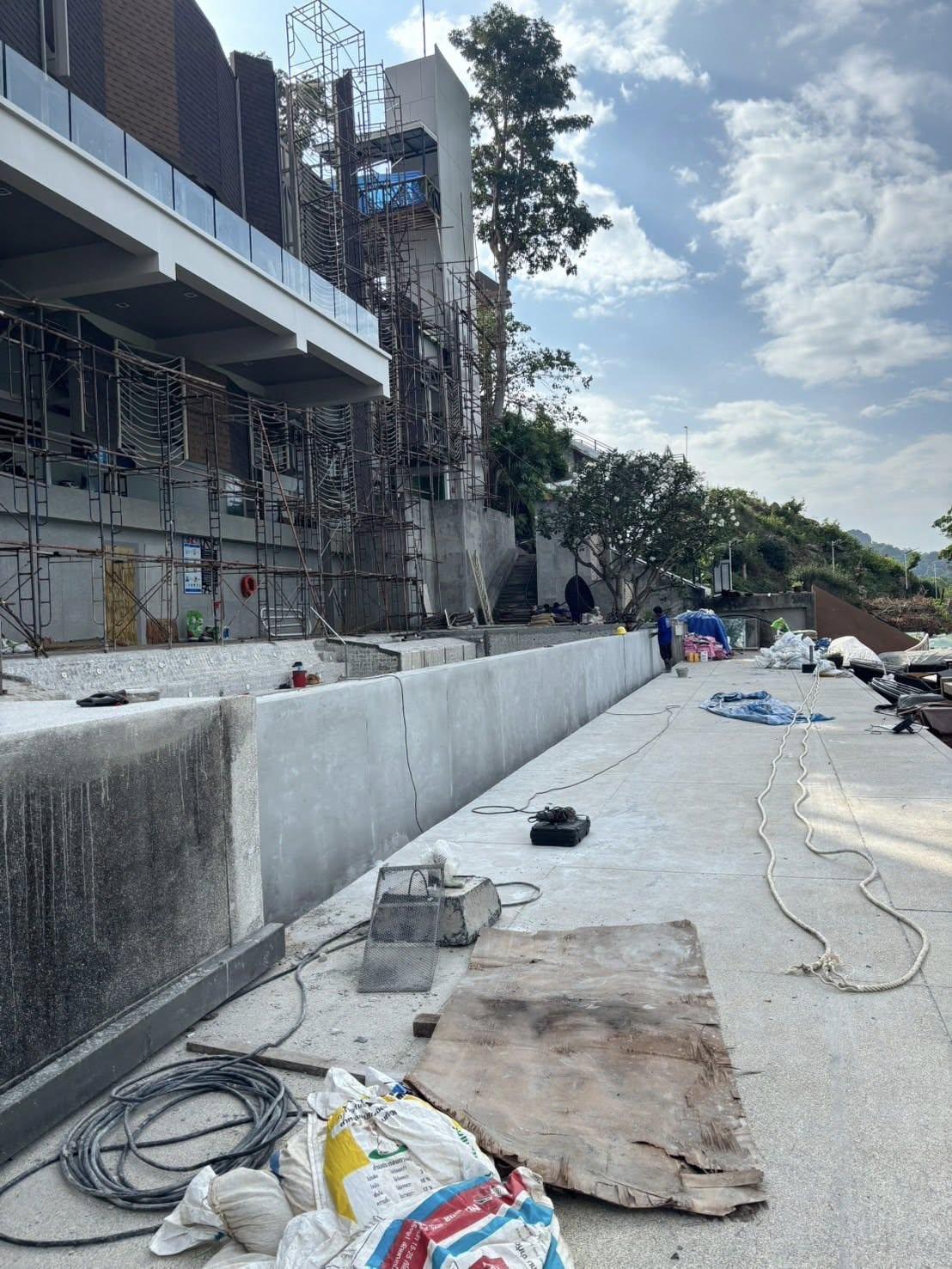Container homes represent a modern architectural trend emphasizing mobility, sustainability, and affordability. However, to ensure these structures stand the test of time, advanced foundation solutions are crucial. Our expert team engineers cutting-edge systems that provide maximum load-bearing capacity, thermal continuity, and adaptability to diverse soil conditions.

Why Foundation Choice Matters for Container Dwellings
A container home’s structural integrity heavily relies on the foundation type used. Unlike traditional buildings, container homes concentrate weight at specific corner posts. Therefore, the chosen foundation system must support point loads efficiently, adapt to environmental changes, and insulate the structure properly to maintain energy efficiency.
1. Insulated Stem Walls: Thermal Efficiency Meets Structural Strength
Insulated stem walls provide a continuous thermal barrier, minimizing thermal bridging and ensuring the internal climate remains stable. This solution is ideal for colder regions where thermal loss through the ground could result in higher energy bills and occupant discomfort.
Key Benefits of Insulated Stem Walls:
- Thermal continuity: Prevents heat loss and moisture penetration.
- Enhanced structural support: Ideal for uneven terrains.
- Extended lifespan: Protects against frost heave and soil movement.
- Suitable for slab-on-grade configurations: Keeps utility connections enclosed.
We incorporate closed-cell foam insulation and vapor barriers into the design, maintaining structural rigidity and boosting the home’s energy rating.
2. Precast Concrete Piers: Precision and Portability
Precast concrete piers offer a highly efficient and modular solution. Designed off-site under controlled conditions, they provide uniform quality and are swiftly deployed, reducing on-site labor and curing time.
Advantages of Precast Concrete Piers:
- Ideal for modular container setups: Ensures pinpoint load transfer to soil.
- Non-invasive installation: Minimal site disturbance.
- Flexible design: Can be configured for single or multi-container dwellings.
- Time-efficient: No need for extended curing times, enabling faster build schedules.
We engineer these piers to align with container corner castings, enabling seamless anchoring while meeting local seismic and wind load requirements.
3. Diamond Piers: Versatility for Challenging Soil Conditions
For areas with expansive clay, rocky substrates, or shifting sand, Diamond Piers offer unparalleled versatility. This solution uses a concrete head with driven steel-bearing pins that bypass problematic topsoil layers and embed deep into stable strata.
Why Diamond Piers Stand Out:
- Adjustable for sloping or unstable terrain.
- Zero excavation required: Ideal for preserving natural landscapes.
- Superior uplift resistance: Perfect for hurricane and flood-prone zones.
- Environmentally responsible: Less concrete usage reduces carbon footprint.
Diamond Piers are especially effective for elevated container homes, ensuring they remain structurally grounded even during ground movement or seasonal moisture shifts.
Comparative Foundation Table
| Foundation Type | Thermal Efficiency | Installation Time | Soil Suitability | Load Distribution | Maintenance |
|---|---|---|---|---|---|
| Insulated Stem Walls | ★★★★★ | Moderate | Cold/Moderate | Excellent | Low |
| Precast Concrete Piers | ★★☆☆☆ | Fast | All except highly unstable | Very Good | Minimal |
| Diamond Piers | ★★★☆☆ | Fast | Unstable, varied terrain | Good | Low |
Choosing the Right Foundation for Your Container Home
When selecting the best foundation system, consider these factors:
- Climate Zone: For cold climates, prioritize insulated systems like stem walls.
- Soil Analysis: Conduct a geotechnical report to identify ideal foundation compatibility.
- Mobility Needs: If you anticipate moving the container, precast or diamond piers allow for reusability.
- Budget Constraints: Precast piers offer cost-effective installation with minimal labor.
- Environmental Impact: Diamond piers minimize concrete use and preserve ecosystems.
Our team provides custom engineering evaluations and site assessments to determine the optimal foundation type tailored to your specific project needs.
Engineering Best Practices for Container Foundations
We adhere to stringent engineering standards and code-compliant load analysis, ensuring each foundation type supports:
- Dead and live loads specific to container structures.
- Lateral forces from wind and seismic activity.
- Uplift resistance, especially for coastal or high-wind zones.
- Thermal breaks and vapor barriers to enhance insulation and lifespan.
We use advanced CAD modeling and load path simulations to validate all foundation plans before ground-breaking, eliminating guesswork and ensuring structural integrity from the ground up.
Anchoring Techniques: Secure Your Container Right
Each foundation system must pair with a compatible anchoring method to ensure the container remains securely in place. We implement:
- Twist-lock corner connectors for stem walls and precast piers.
- Welded brackets and plate anchors for added stability in high-wind regions.
- Earth screws or helical piles, where soil testing necessitates deep anchoring.
Our engineers evaluate dynamic load behavior and tailor the anchoring to suit both single and stacked container configurations.
Drainage and Moisture Management
Proper drainage is fundamental to foundation longevity. We design:
- French drains and gravel beds around stem wall systems.
- Perforated PVC pipes to redirect surface water.
- Raised pier systems that allow air circulation and evaporation, preventing mold and mildew under the container base.
Our moisture control strategies also include capillary breaks and waterproof coatings, which prevent rot, rust, and microbial growth.
Inspections and Maintenance: Keeping Foundations Sound
Every foundation system benefits from periodic inspection. We recommend:
- Annual checks for settlement, erosion, or cracking.
- Re-torquing anchors and bolts if applicable.
- Reapplication of sealants to insulation layers and moisture barriers.
Thanks to durable construction materials and low-maintenance designs, our foundation solutions offer peace of mind with minimal upkeep.
Conclusion: Build Strong, Live Secure
Container homes promise flexibility, sustainability, and a smaller environmental footprint—but only when backed by a solid foundation. Our insulated stem walls, precast concrete piers, and diamond piers offer tailored solutions for any terrain, climate, or budget. By integrating precision engineering, energy efficiency, and durability into each system, we ensure your container home stands the test of time.



